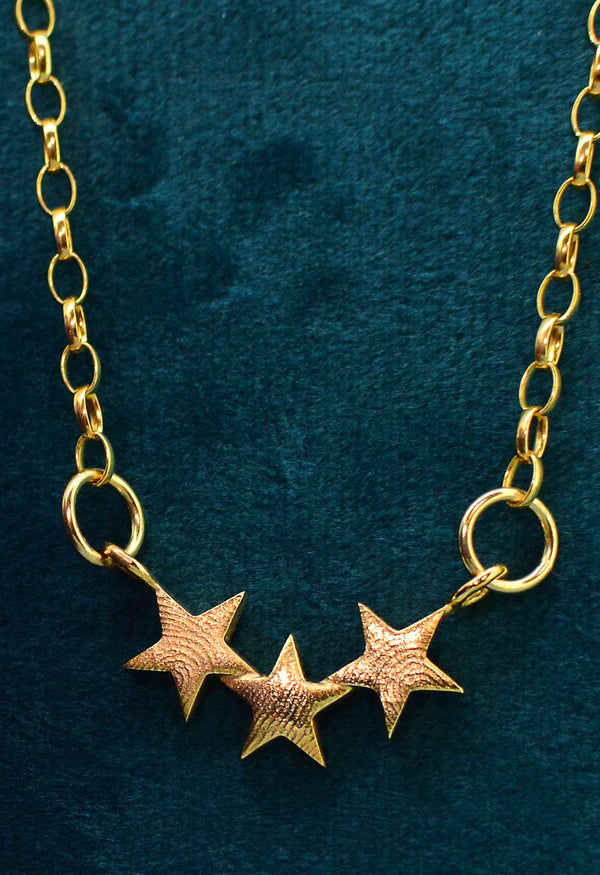Your Cart is Empty
~ Waiting List in Operation ~ Please Ask Before Ordering ~
~ Personalised jewellery to treasure forever ~
~ Waiting List in Operation ~ Please Ask Before Ordering ~
~ Personalised jewellery to treasure forever ~

How to preserve your family keepsakes - from pocket watches to photos
November 10, 2018 4 min read
How many of you have family keepsakes hanging around your house?
Tucked away somewhere at the back of a wardrobe, or wrapped up inside a box in the attic?
Maybe they’re keepsakes from your own life that you want to keep for your children, or maybe they’re keepsakes that have been handed down to you.
Wartime letters written in beautiful scrawled copperplate print; old story books, your Grandmothers cookery books; medals, wedding dresses………………………….
Caring for keepsakes can feel like such a huge responsibility, especially if you don’t really know where to start.
You know you need to keep them safe and you definitely don’t ever want them to be spoiled.
Archival practices might sound complicated, but they really don’t have to be.
You definitely don’t need to be a qualified archivist to ensure things survive, most of the time, all you need is a little common sense and a genuine care for the keepsakes you’ll be preserving.
By preserving your family keepsakes as best as possible now, you lay a path your future relatives can walk down to rediscover their family history.
Preserving paper keepsakes - Such as letters, photographs, postcards, stamps and drawings
Store your paper keepsakes in a plastic box or a lined metal box with a lid.
Don’t use a metal box unless it’s lined because it might oxidise (rust) and don’t use cardboard because there’s always a chance that it could get soggy or some little beastie might eat their way into it.
Plastic is often the safest bet, such as a Really Useful Box or a cheaper equivalent.
It’s also important to control the environment in the box. Keep it at the top of a linen cupboard or in your attic. A clean, dry and dark space is the best space for paper keepsakes to reduce UV exposure and exposure to moisture.
Photographs also require a little extra care. Photographs should be stored in paper folders back to back and not front to front. Plastic sleeves, such as those you’ll find in a typical photo album, are an excellent alternative to folders.
Finally, digitise all your key paper keepsakes. The simplest way is to photograph the photographs and documents, or you can scan them.
Preserving metallic keepsakes - such as watches, medals, coins and jewellery
Store your pocket watches, wristwatches and jewellery separate from each other.
The simplest way is to wrap them in linen individually. Alternatively, you can wrap them in parchment paper which has a non-stick surface.
If they have their own boxes, you can continue to store them in them so long as the boxes are in good condition.
Remove batteries from anything that has them.
For medals and coins, keep them in the packaging they came in. Where this isn’t possible, wrap them in a thin sheet of linen or acid free tissue paper and store them side by side. This will ensure they do not touch each other, oxidise and stick together.
Again, where you store your metallic keepsakes is key to their survival. Avoid basements and garages at all costs. Keep your metallic keepsakes at the bottom of your wardrobe, closet or anywhere that’s off the ground. An attic is the best place for them.
In terms of the best tub or box, a large plastic one with a lid is perfect.
Preserving clothing keepsakes - such as wedding dresses, suits, shoes and bowler hats
The biggest risks to clothing keepsakes are moisture and moths. Moth larvae really do like to nibble right through vintage cloth and linen.
The key here, is to store any clothing in a sealed container and store that container in a dry area, such as an attic or linen closet. You can store items together if they are in a good condition, but they may lose their individual smells over time.
Leather shoes can be stored in a box off the ground without any fiddling. The trickiest items to safely preserve are wedding dresses, mainly because of their size but also because of their delicate detailing. The good news is preserving your wedding dress is perfectly possible (which is why there’s so many vintage ones still around today).
First of all, if your wedding gown is soiled or dirty you will need to have it professionally cleaned, especially if it’s silk or cotton. Once clean, you’ll want to carefully layer the dress with acid-free tissue and fold it into an acid-free, archival-quality clothing bag (textile or plastic, it doesn’t matter). This will protect your dress from dust.
The next step is to store your dress in a watertight chest. This will protect it from moisture.
Common sense always prevails when preserving family keepsakes
With all your keepsakes, store them in a sealed container and always store in a dry place.
For any paper keepsakes you’ll hang up, have these professionally framed with special UV glass to protect the inks and paper from fading over time.
Sunlight can cause disastrous damage to prints and photographs if they are exposed for too long under the wrong conditions.
If you’re ever in doubt, remember that a dry and sealed environment is always best to preserve your keepsakes.
Leave a comment
Comments will be approved before showing up.
Subscribe
Sign up to get the latest on sales, new releases and more …

Join the Club
WE'RE SO PLEASED TO SEE YOU!
Stay a while and look around.
While you're here, why not subscribe to our newsletter?We'll give you £20 off your first order, VIP access to new products, and access to our very special sample sales.We promise not to annoy you (honest).
